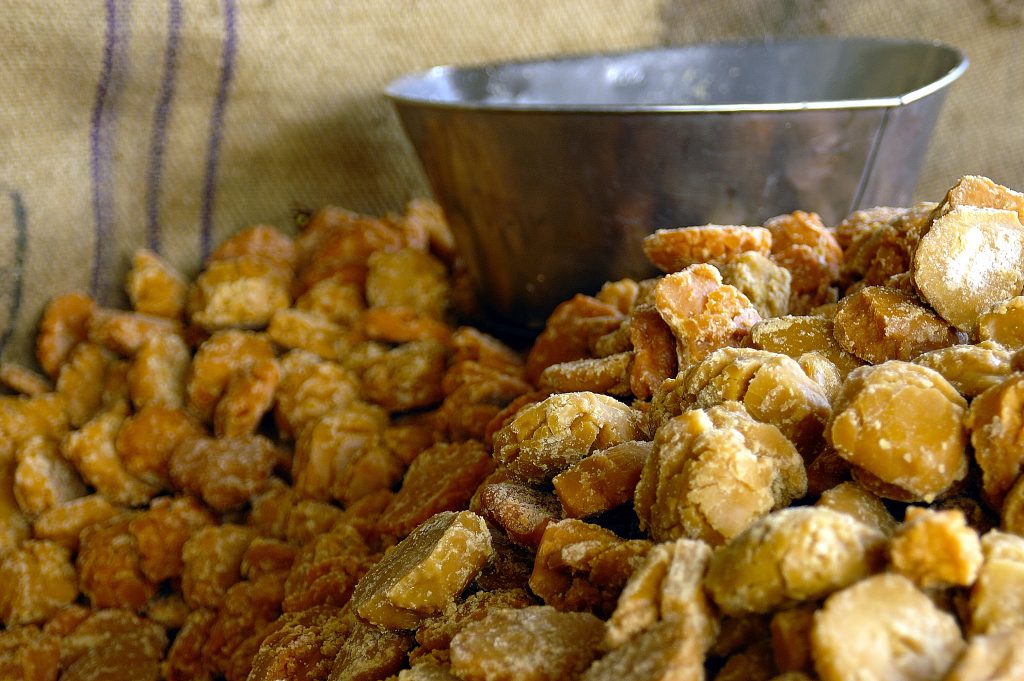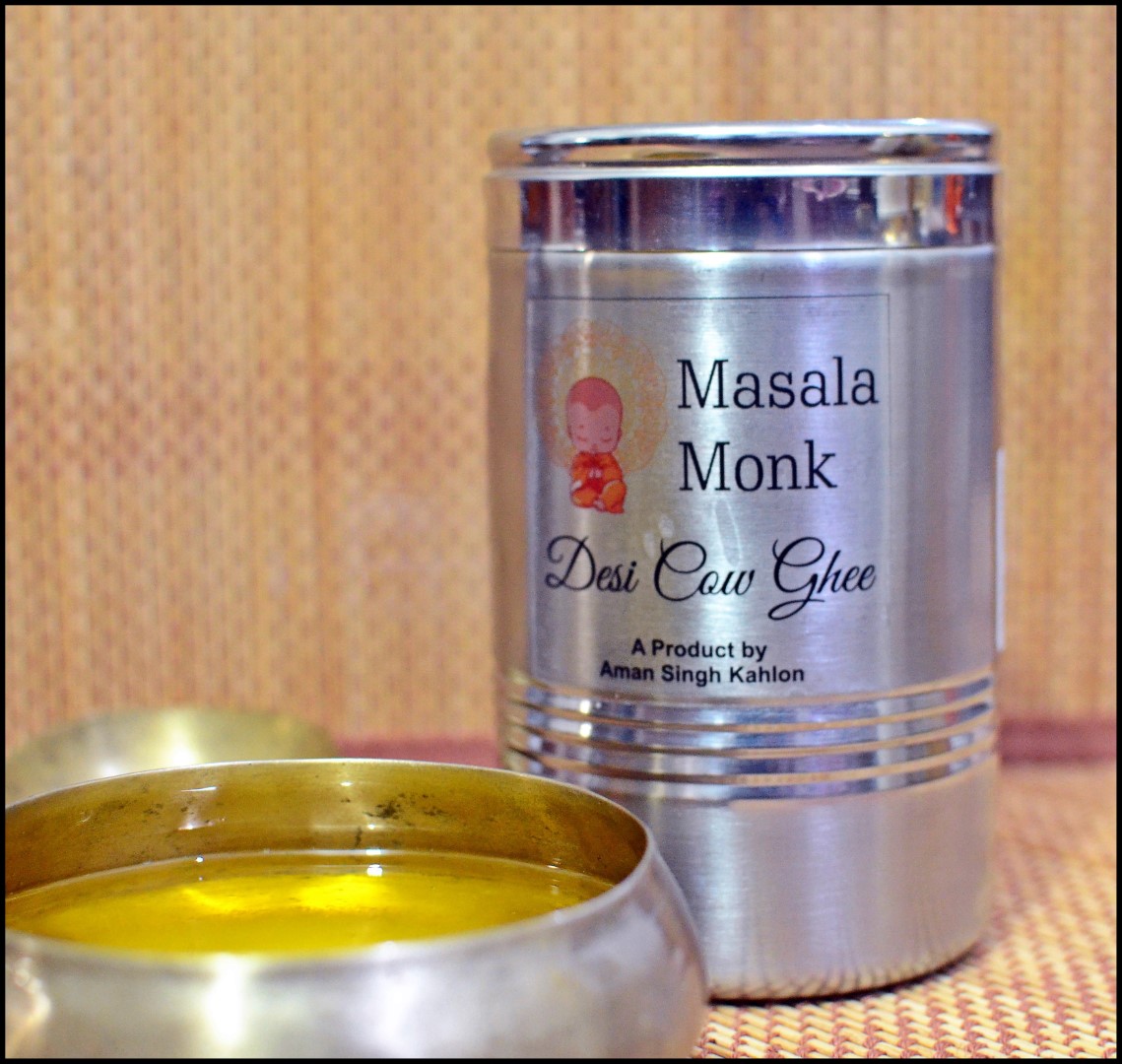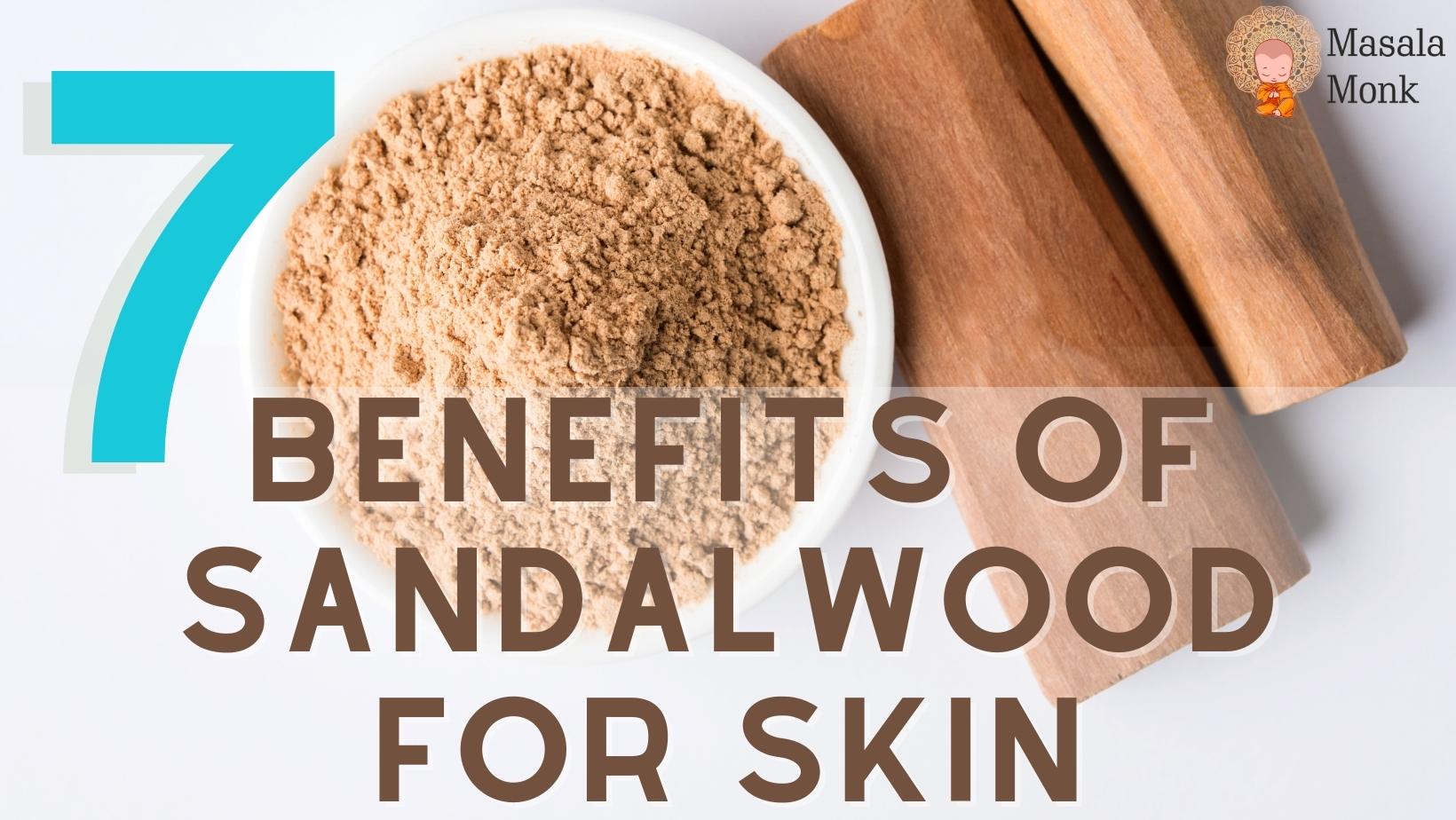
Sandalwood, a classically valued tree known for its fragrance, has been used for centuries in various cultural practices. But did you know that sandalwood also carries a plethora of benefits for your skin? From its anti-inflammatory properties to its ability to brighten your complexion, sandalwood is a natural skincare powerhouse.
Sandalwood and Its Forms
Sandalwood can be used in various forms, each offering unique benefits for the skin:
Sandalwood Powder
Sandalwood powder is a common ingredient in many skincare products due to its numerous benefits. It can help manage several skin issues like signs of aging, pigmentation, and acne. Mixing sandalwood powder with honey or yogurt can create a powerful face mask that can rejuvenate your skin. Moreover, sandalwood powder can balance the excess oil and sebum on the face, nourish the skin, and provide relief from acne.
Sandalwood Oil
Sandalwood oil, derived from the wood and roots of the sandalwood tree, is a potent source of beneficial compounds for the skin. It’s known for its anti-inflammatory, antimicrobial, and antiproliferative properties, making it beneficial for various skin conditions. It can also help moisturize the skin, making it an excellent addition to your skincare routine.
Sandalwood Paste
Sandalwood paste, made by mixing sandalwood powder with a liquid (often water or rose water), is a traditional skincare remedy. It’s known for its cooling and calming properties, making it excellent for soothing irritated or inflamed skin.
Please have a look at our products prepared using Sandalwood:
Chandan Sharbat – Homemade and 100% Natural
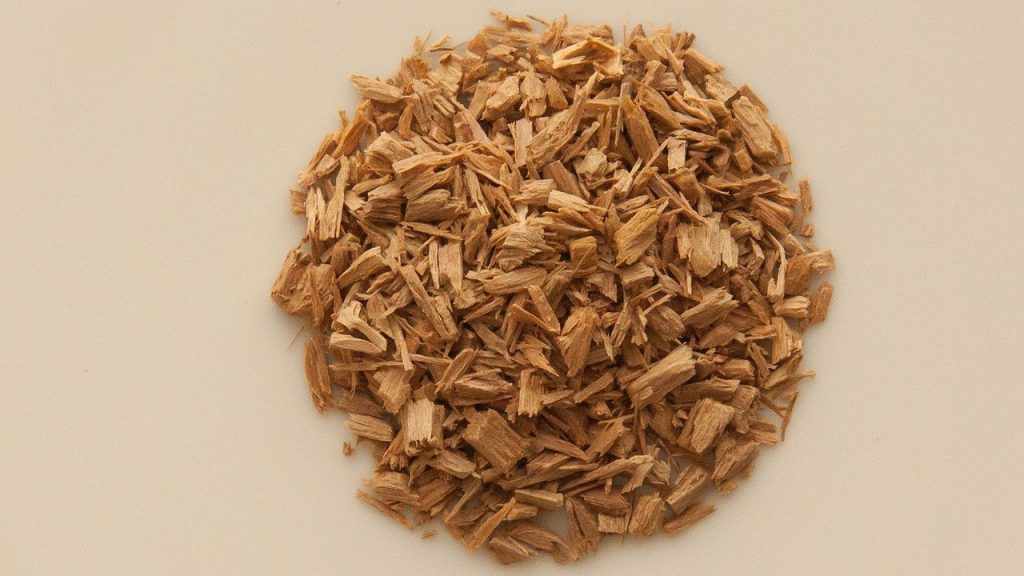
Benefits of Sandalwood for Skin
Sandalwood offers a range of benefits for the skin:
Anti-Inflammatory Properties
Sandalwood is known for its anti-inflammatory properties. It can help soothe skin inflammation, making it beneficial for conditions like eczema and psoriasis.
Antimicrobial Activity
Sandalwood has potent antimicrobial properties. It can help protect your skin from harmful bacteria and fungi, reducing the risk of skin infections.
Skin Whitening
Sandalwood is often used for skin whitening. It can help reduce pigmentation and dark spots, leading to a brighter and more even skin tone.
Anti-Aging Benefits
Sandalwood can help fight signs of aging. Its antioxidant properties can combat free radicals that cause skin aging, leading to healthier, younger-looking skin.
Acne Relief
Sandalwood can be beneficial for those struggling with acne. Its antiseptic and antimicrobial properties can help fight acne-causing bacteria, while its anti-inflammatory properties can soothe acne-induced inflammation.
How to Use Sandalwood for Skin
Using sandalwood for your skin is relatively straightforward. Here are some ways you can incorporate it into your skincare routine:
Sandalwood Powder Face Mask
One of the simplest ways to use sandalwood powder is to make a face mask. Mix sandalwood powder with a liquid like water, rose water, or milk to create a paste. Apply this paste to your face and let it sit for 15-20 minutes before washing it off. This mask can help soothe, brighten, and hydrate your skin.
Sandalwood Oil
Sandalwood oil can be mixed with a carrier oil like jojoba oil or almond oil and applied directly to the skin. Remember to do a patch test first to ensure you don’t have an adverse reaction. You can also add a few drops of sandalwood oil to your moisturizer or serum for added benefits.
Sandalwood Paste
You can apply sandalwood paste directly to your skin to soothe irritation or inflammation. This can be particularly beneficial for conditions like eczema or psoriasis.
Remember, it’s always best to do a patch test before applying new products to your face, and consult a dermatologist if you have any concerns.
Side Effects of Sandalwood Powder on Face
While sandalwood is generally safe for most people, some may experience side effects. These can include:
Allergic Reactions
Some people may be allergic to sandalwood. Symptoms of an allergic reaction can include redness, itching, and swelling. If you experience these symptoms after using sandalwood, discontinue use and consult a healthcare provider.
Skin Dryness
Sandalwood can sometimes cause skin dryness, especially in those with already dry skin. If you notice your skin becoming dry after using sandalwood, try using it less frequently or mixing it with a hydrating ingredient like honey or yogurt.
Skin Irritation
In some cases, sandalwood can cause skin irritation. This is more likely if you have sensitive skin or if you use sandalwood in high concentrations. Always dilute sandalwood oil with a carrier oil before applying it to your skin.
Remember, everyone’s skin is different, and what works for one person may not work for another. Always listen to your skin and adjust your skincare routine accordingly.
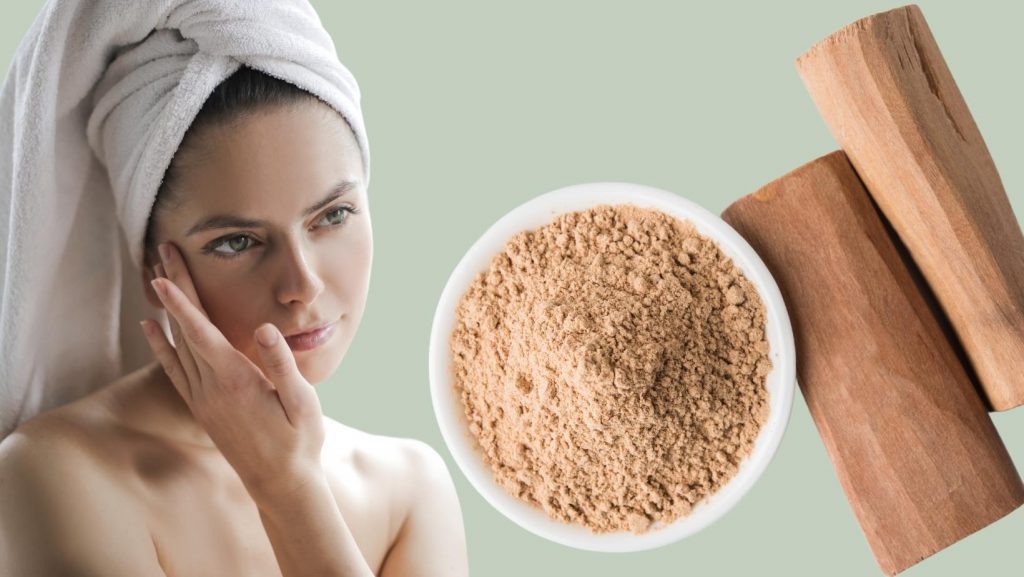
FAQs
Is Sandalwood Good for Your Skin?
Sandalwood is excellent for your skin. It offers numerous benefits, including anti-inflammatory, antimicrobial, and antioxidant properties. However, it’s always best to do a patch test before applying sandalwood products to your face, as some people may be allergic to it.
Can Sandalwood Help with Eczema?
Yes, sandalwood can help with eczema. Its anti-inflammatory properties can soothe skin inflammation, providing relief from the itching and discomfort associated with eczema.
Does Sandalwood Powder Whiten Skin?
Sandalwood powder can help brighten your complexion and reduce pigmentation and dark spots. However, it’s important to remember that everyone’s skin is different, and results can vary.
Is Sandalwood Powder Good for Acne?
Yes, sandalwood powder can be beneficial for acne. It can help balance excess oil and sebum on the face, provide relief from acne, and has antimicrobial properties that can help fight acne-causing bacteria.
Can Sandalwood Oil Be Applied Directly to the Skin?
Sandalwood oil is potent and should be diluted with a carrier oil before applying it to the skin. Always do a patch test first to ensure you don’t have an adverse reaction.
Remember, while sandalwood offers numerous benefits for the skin, it’s essential to use it correctly and safely. Always do a patch test before trying new sandalwood products, and consult a dermatologist if you have any concerns.
6 Health Benefits of Fennel Seeds for Skin, click here
For 6 Surprising Benefits of Gulkand for Skin, click here
Read 6 Benefits of Fennel Seeds (Saunf), click here
For videos related to Health and Wellness, Subscribe to our YouTube Channel:
Masala Monk – The Gourmet Store



